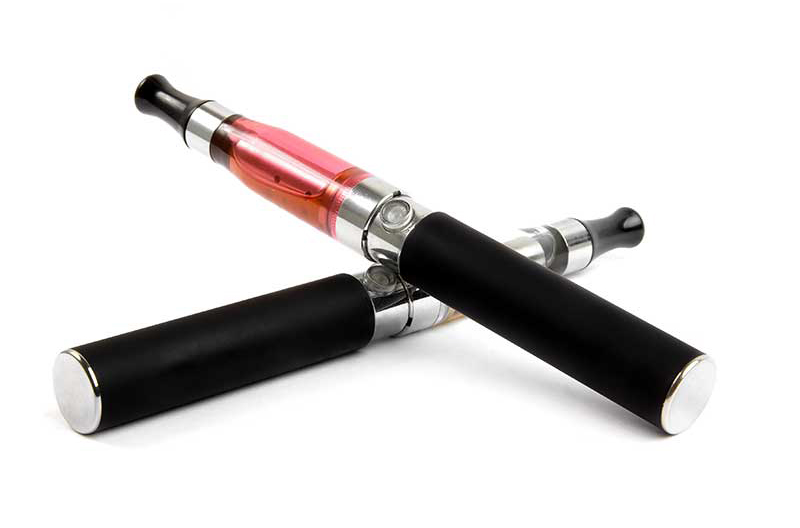A new Vital Signs report published by the CDC found that about 4.9 million middle and high school students were current users of some type of tobacco product in 2018, up from 3.6 million in 2017. This increase—driven by a surge in e-cigarette use—erased past progress in reducing youth tobacco product use.
With the exception of e-cigarettes, no change was found in the use of other tobacco products, including cigarettes, resulting in a net increase in overall tobacco product use during 2017-2018. There were 1.5 million more youth e-cigarette users in 2018 than 2017, and those who were using e-cigarettes were using them more often.
“These data are a sobering reminder of the rampant rise of youth e-cigarette use. I fear this trend will continue in 2019, forcing us to make some tough decisions about the regulatory status of e-cigarettes,” said FDA Commissioner Scott Gottlieb, M.D, in a statement responding to the new data. “No child should be using any tobacco or nicotine-containing product and we’re committed to reversing this epidemic. We’ll continue to take a series of escalating regulatory actions to try to address the root causes of this spike in youth e-cigarette use, in particular by ensuring these products are sold in ways that make them less accessible and appealing to youth.
“We must stop the trends of youth e-cigarette use from continuing to build and will take whatever action is necessary to ensure these kids don’t become future smokers,” he continued.
The CDC has recommended regulating the manufacture, distribution, and marketing of tobacco products, coupled with proven population-based strategies, to reduce youth tobacco use and initiation. These strategies include:
- Increasing prices of tobacco products.
- Protecting people from exposure to secondhand smoke and e-cigarette aerosol.
- Sustaining hard-hitting media campaigns that warn about the dangers of tobacco product use.
- Restricting youth access to tobacco products, including increasing the minimum age of sale of tobacco products to 21 years and prohibiting the sale of flavored tobacco products.

